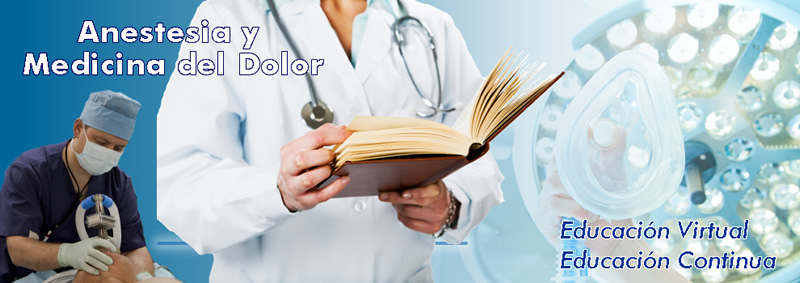Efecto de los diferentes tipos de anestesia en la glucosa intraoperatoria en sangre de pacientes diabéticos
Effect of different types of anesthesia on intraoperative blood glucose of diabetic patients: A PRISMA-compliant systematic review and meta-analysis.
Abstract
BACKGROUND: Systematic review which analyzes the impact of different anesthesia on intraoperative blood glucose levels of diabetespatients. METHODS: We searched Medline (via PubMed), Embase, Cochrane Library, Web of Science, Wangfang, CNKI, and CBM database through June 2016, included in randomized controlled trial (RCT), about different anesthesia on intraoperative blood glucose levels in patients with diabetes. Two researchers in 1 group independently screened literatures with eligibility criteria, extracted information, and used RevMan5.3 software to perform meta-analysis. RESULTS: We included 11 trials and performed the meta-analysis with 10 trials. The meta-analysis results suggested that compared with general anesthesia, the combined general-epidural anesthesia has a better glycemic control in intraoperative blood glucose levels (WMD -1.26, 95% confidence interval [CI] -1.77 to 0.76), the epidural anesthesia had no significant effects compared with general anesthesia (WMD -0.74, 95% CI 4.41-2.92), and the combined spinal-epidural anesthesia had no significant effects compared with epidural anesthesia (WMD -0.28, 95% CI -1.02 to 0.46). One study suggested that compared with epidural anesthesia, the combined general-epidural anesthesia can lower blood glucose levels CONCLUSION:: Existing evidence showed that compared with general anesthesia, the combined general-epidural anesthesia has a better glycemic control in intraoperative blood glucose levels.
| 




